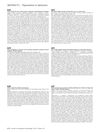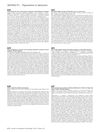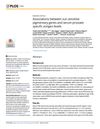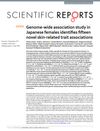Uncovering the Role of UV Exposure History and Genetics in Determining Skin Sun Damage
April 2016
in “
Journal of Investigative Dermatology
”
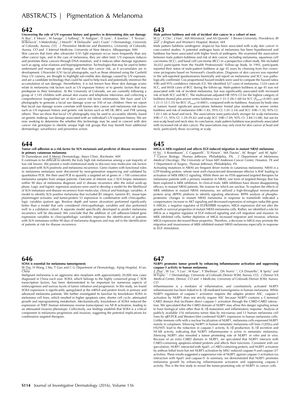
TLDR UV photography can help identify people at higher risk for skin cancer, and male pattern baldness at age 45 is linked to a higher risk of certain skin cancers.
The document reports on various studies related to skin cancer, melanoma, and factors affecting their development and progression. One study from the University of Colorado followed 1,145 children, using UV photography on 550 participants to generate facial sun damage scores. The study found that these scores correlated with known skin cancer and melanoma risk factors, such as UV exposure history and genetic risk factors including MC1R, IRF4, and TYR. This suggests that UV photography could be used to identify individuals at higher risk for skin cancer based on their genetic makeup and UV exposure history. Another study from Brown University included 36,032 participants and examined the association between male pattern baldness and skin cancer risk. They found that male pattern baldness at age 45 was not associated with melanoma but was significantly associated with an increased risk of squamous cell carcinoma (SCC) and basal cell carcinoma (BCC), especially for cancers occurring on the scalp. Other studies discussed include the role of SOX4 in melanoma progression, the identification of molecular risk factors for melanoma metastasis, the effects of MEK inhibitors in mutant NRAS melanoma, and the tumor-promoting role of NLRP1 in melanoma by enhancing inflammasome activation and suppressing caspase-3 activity.
